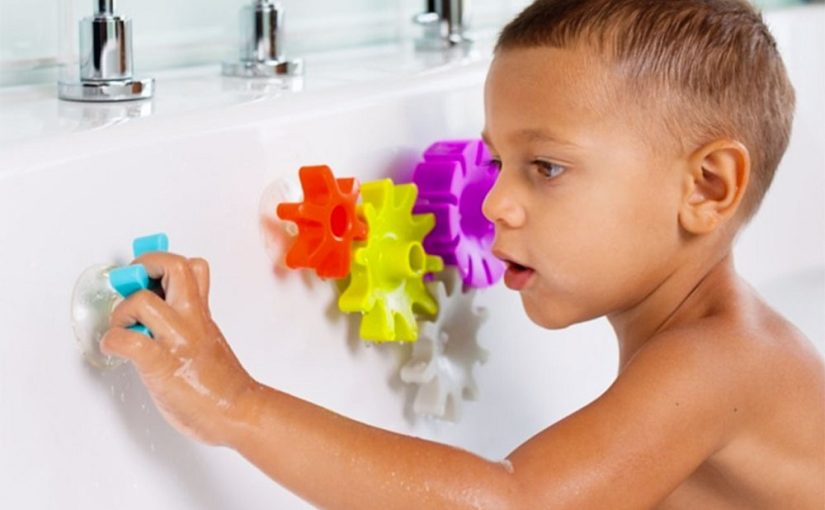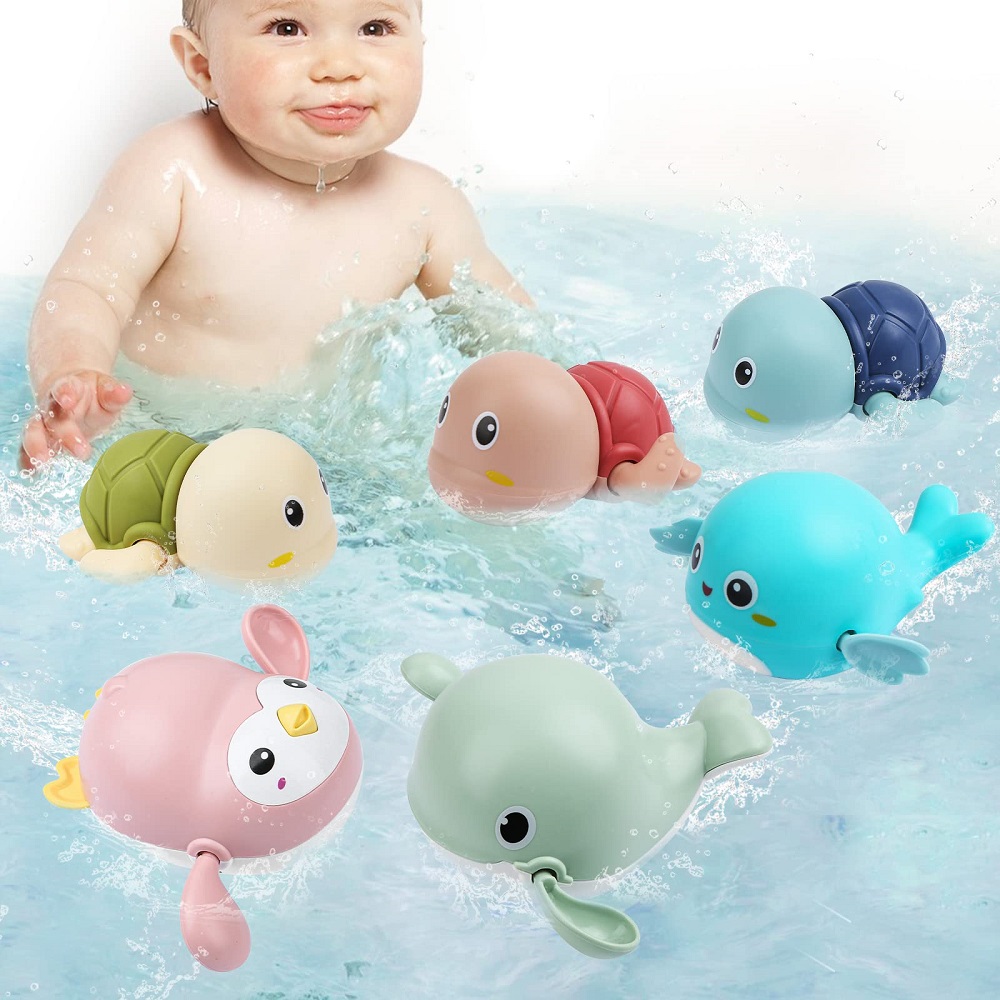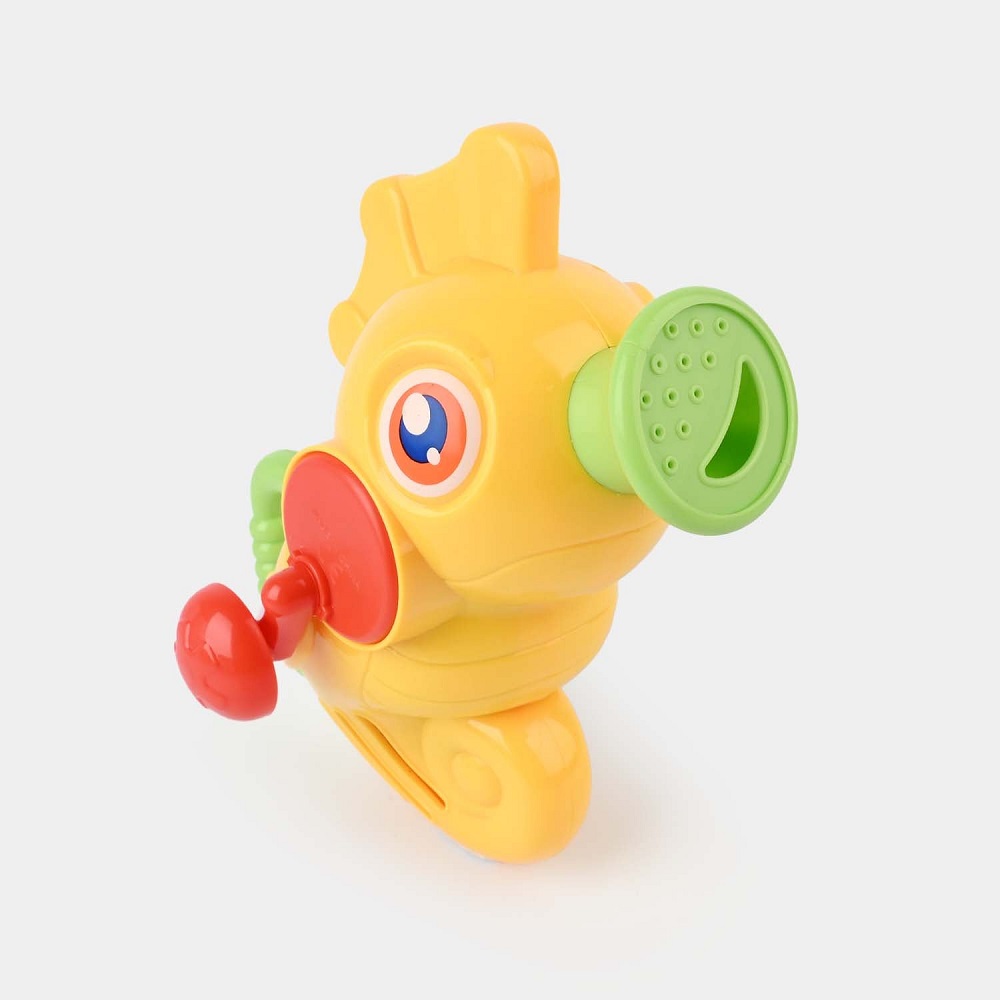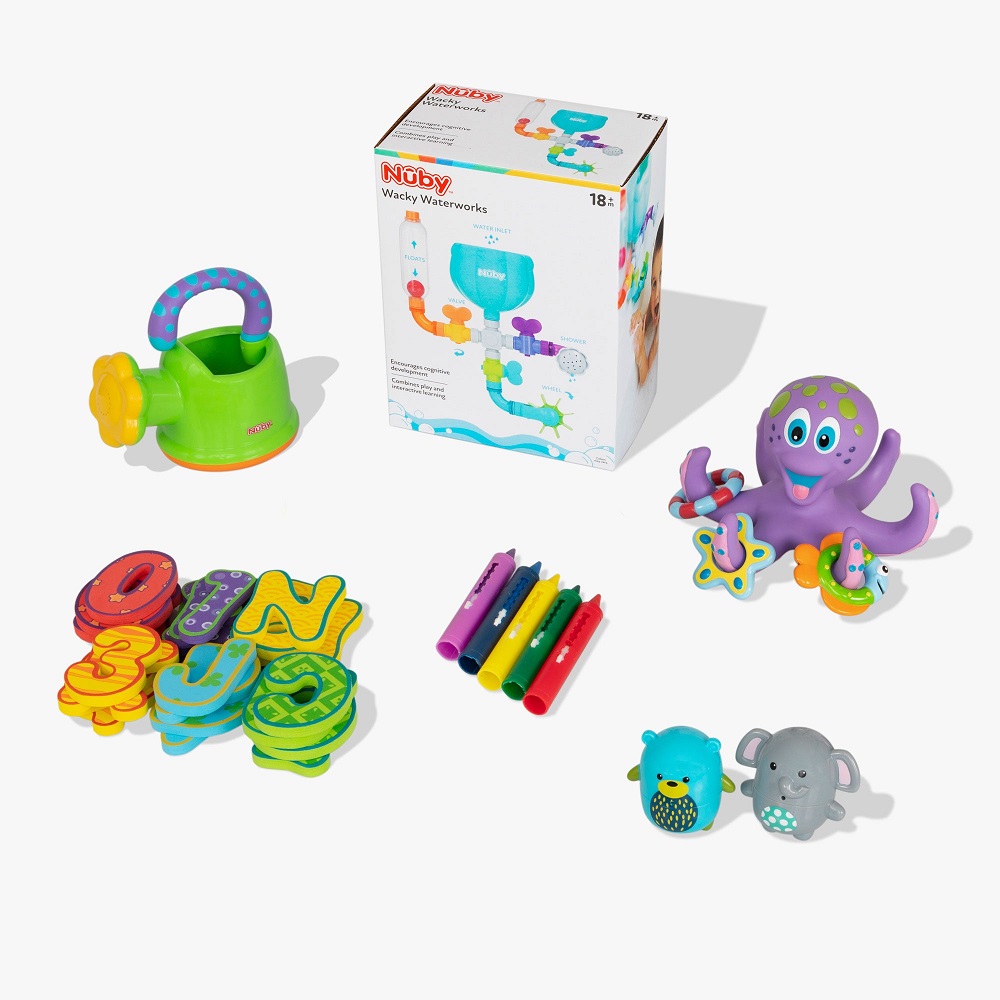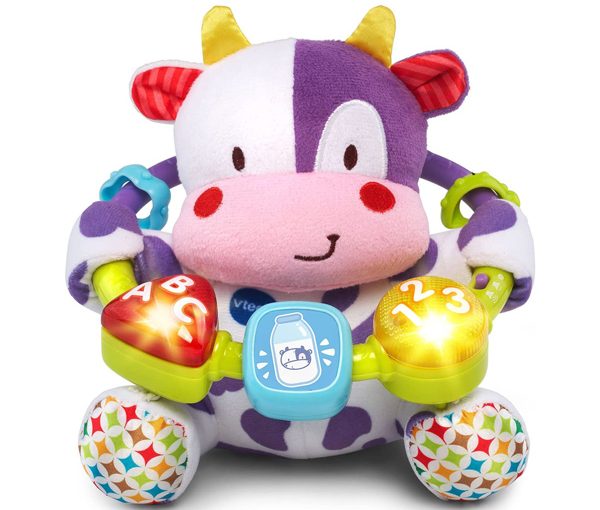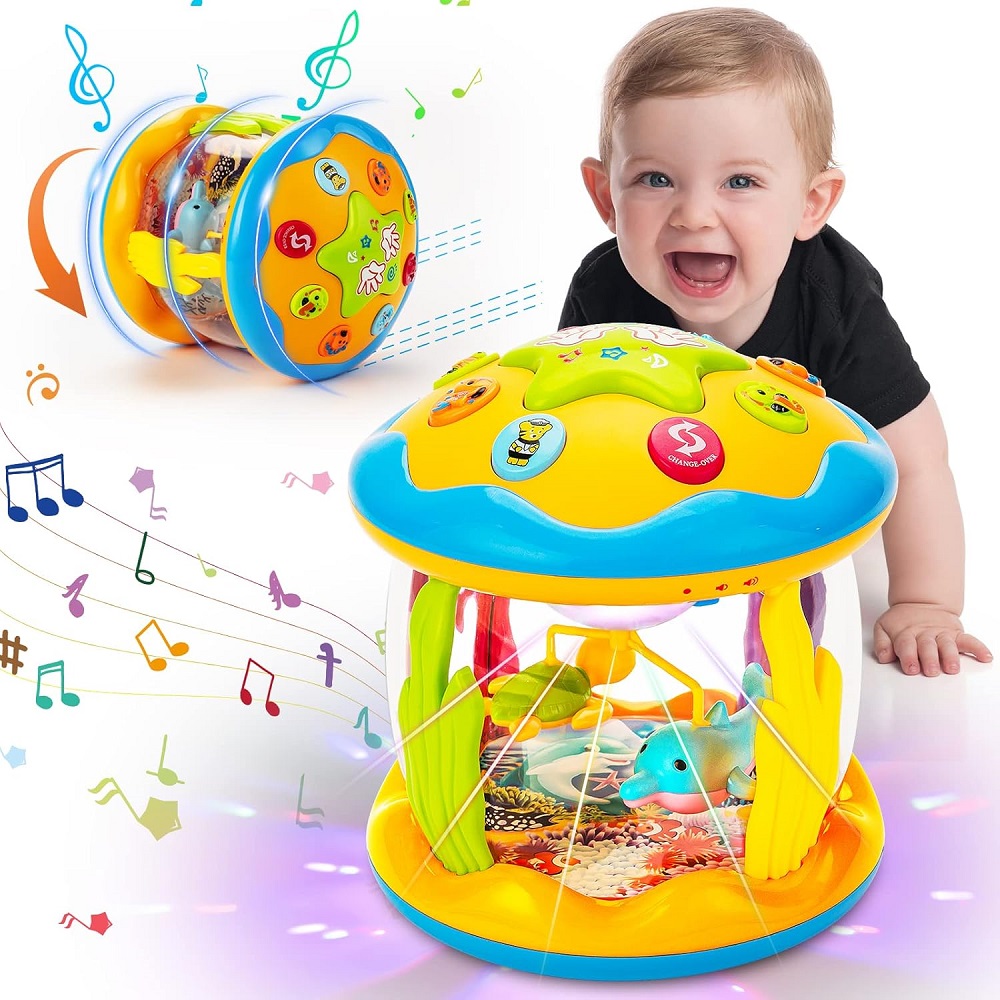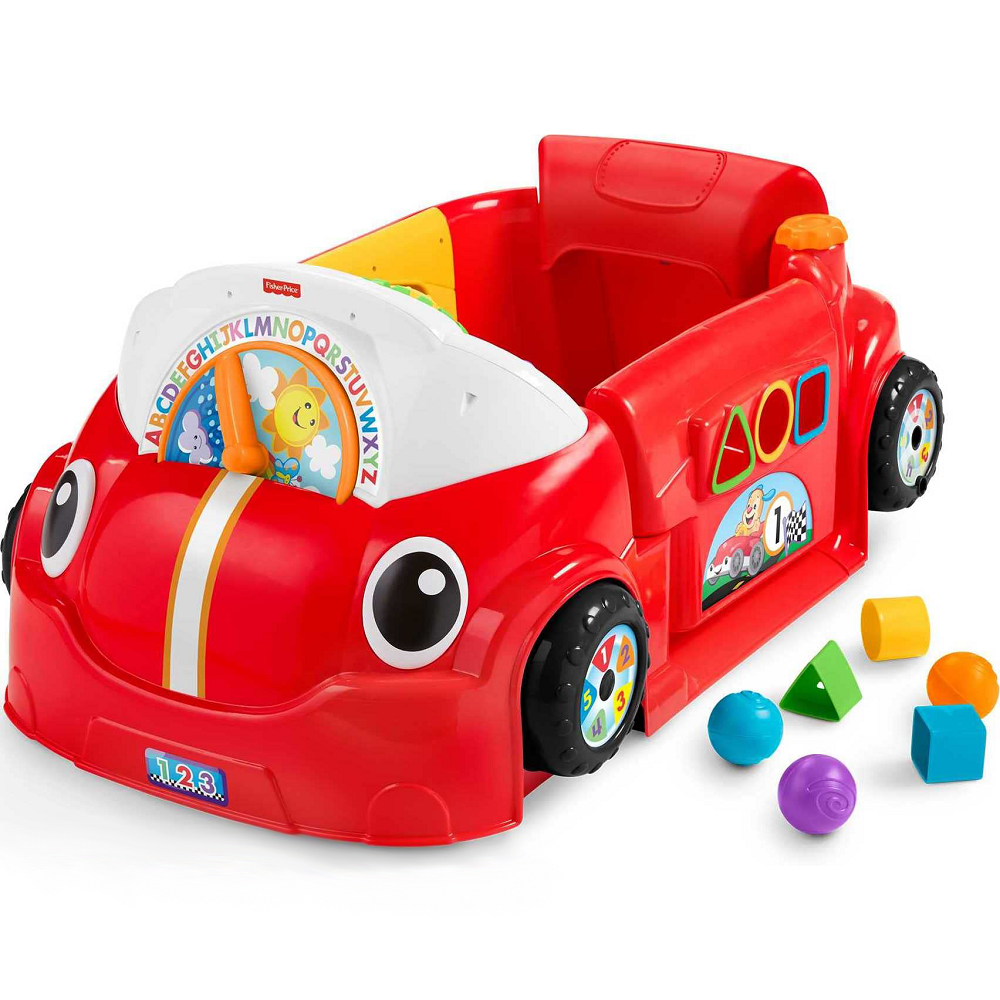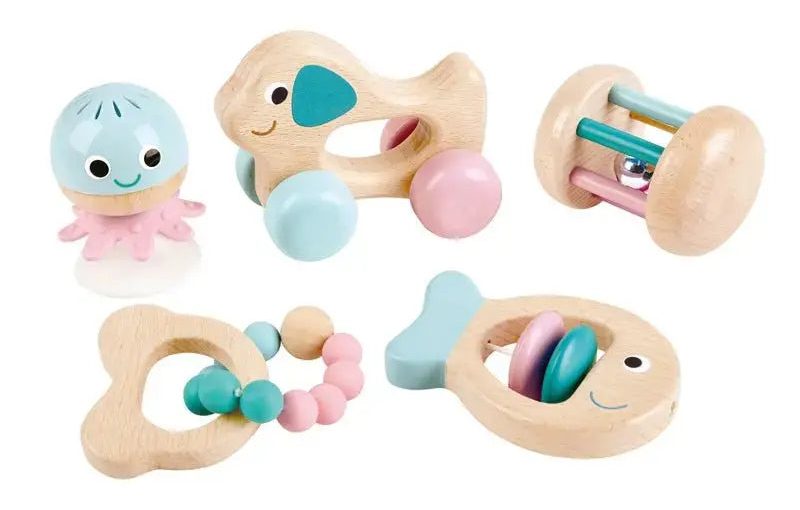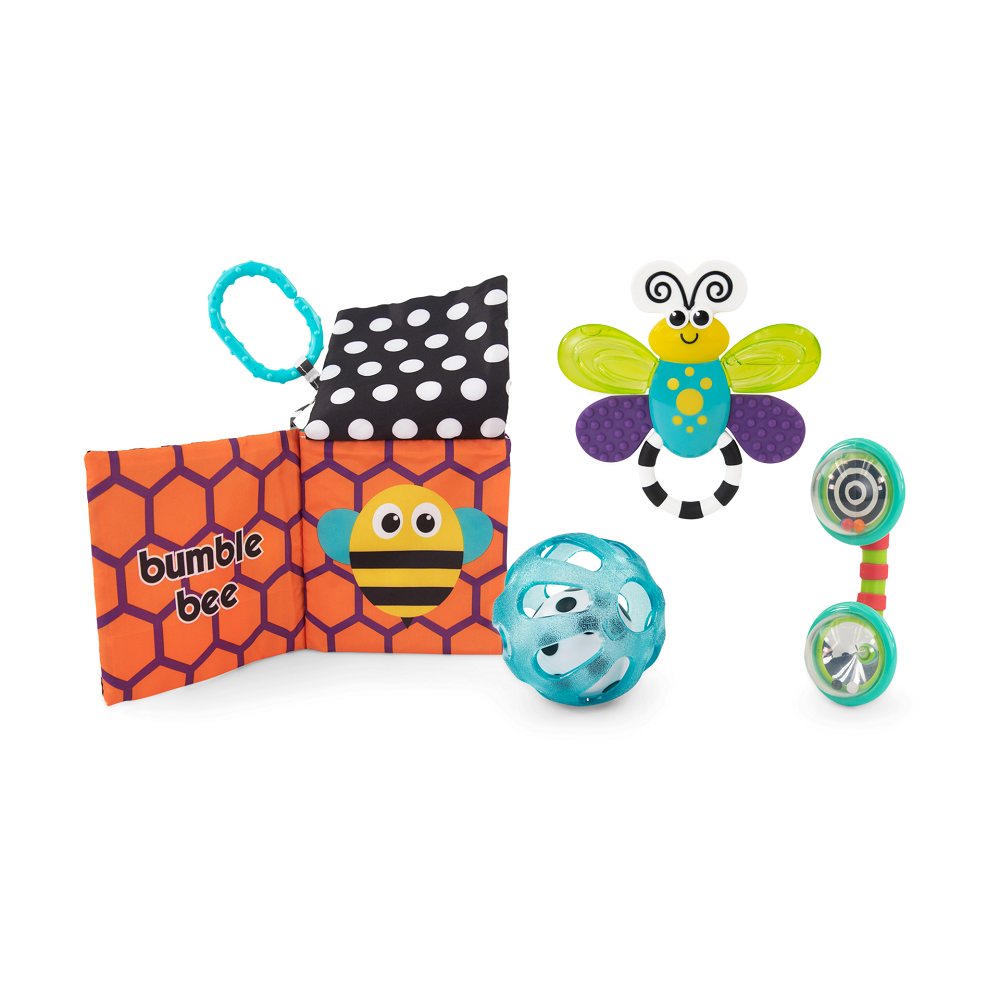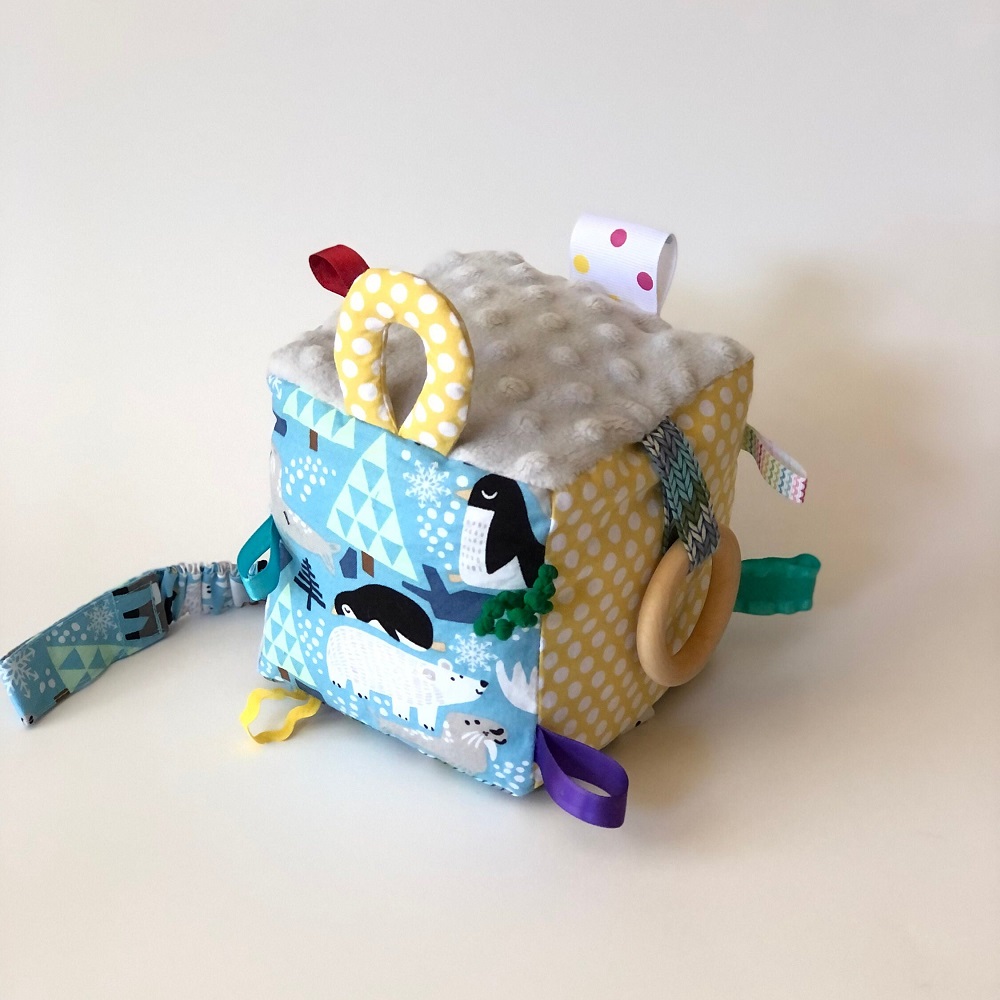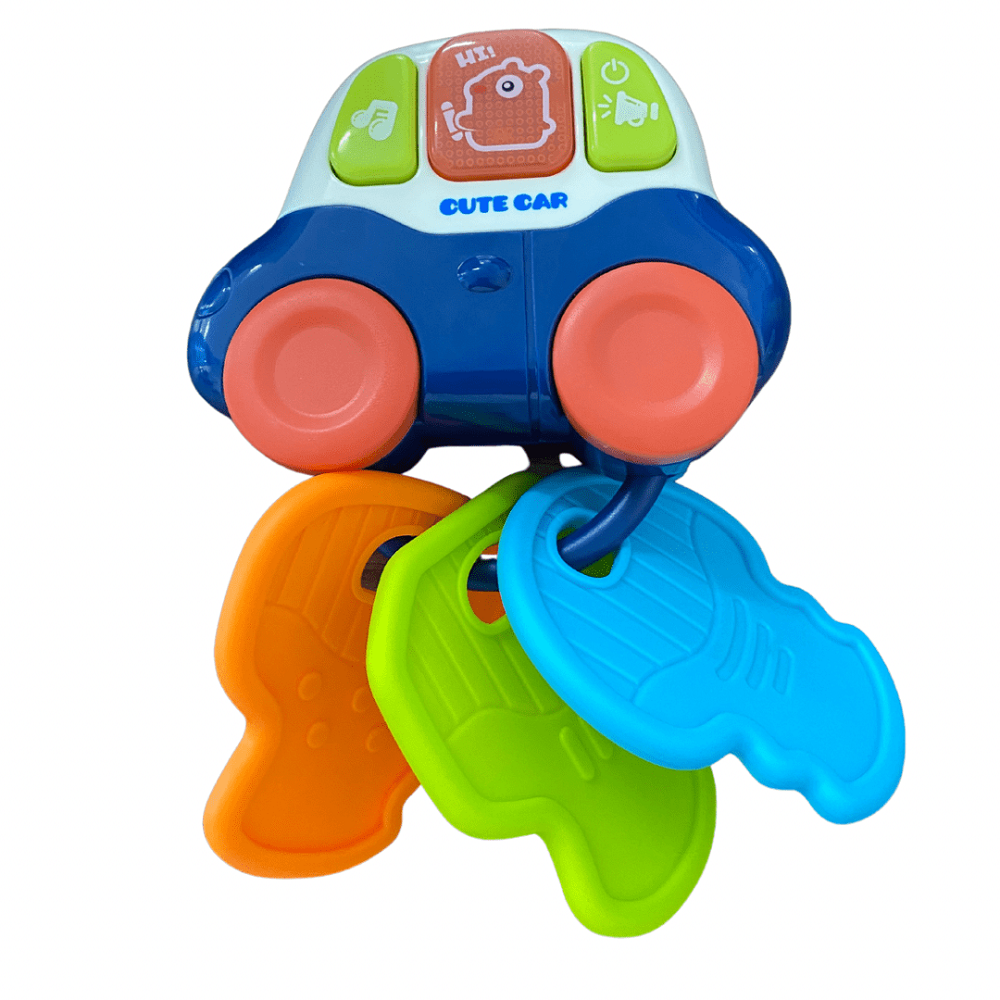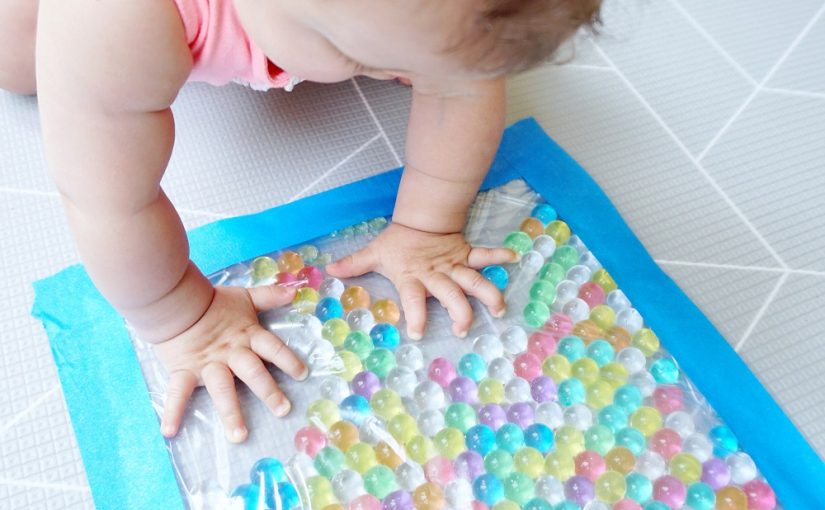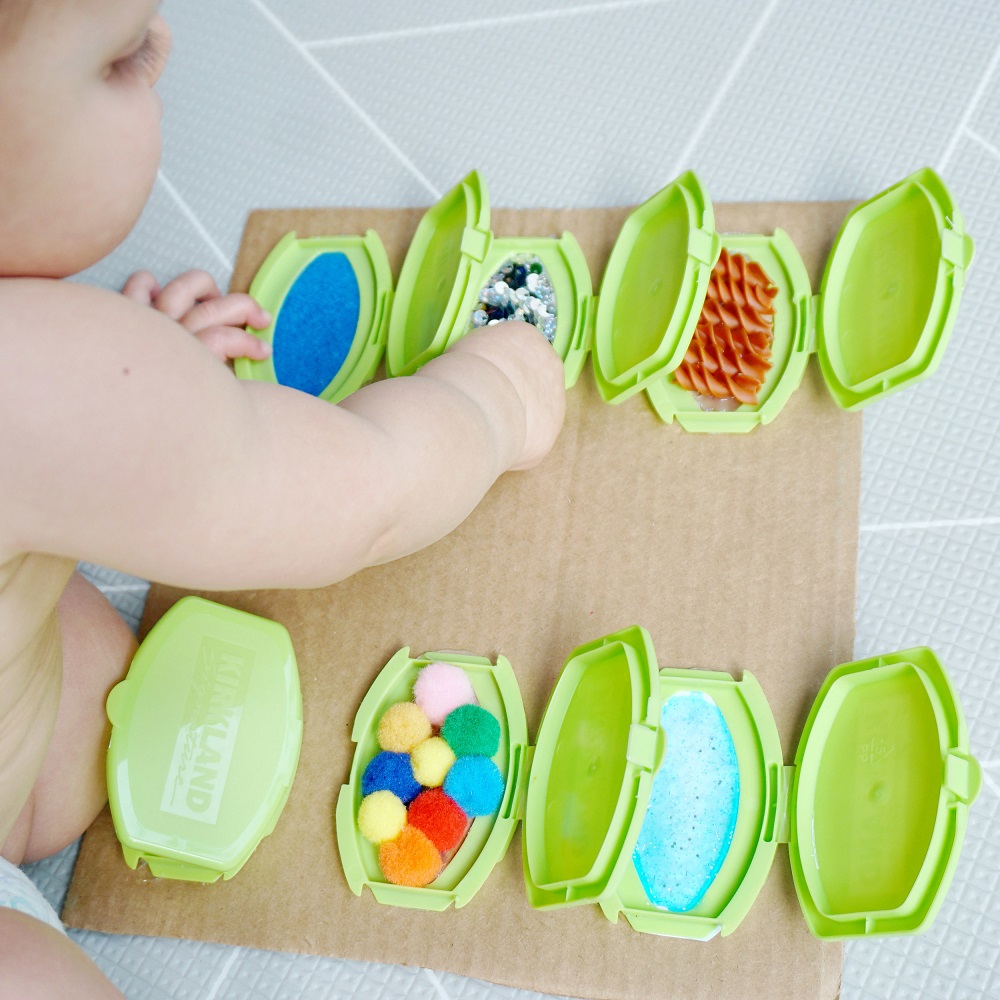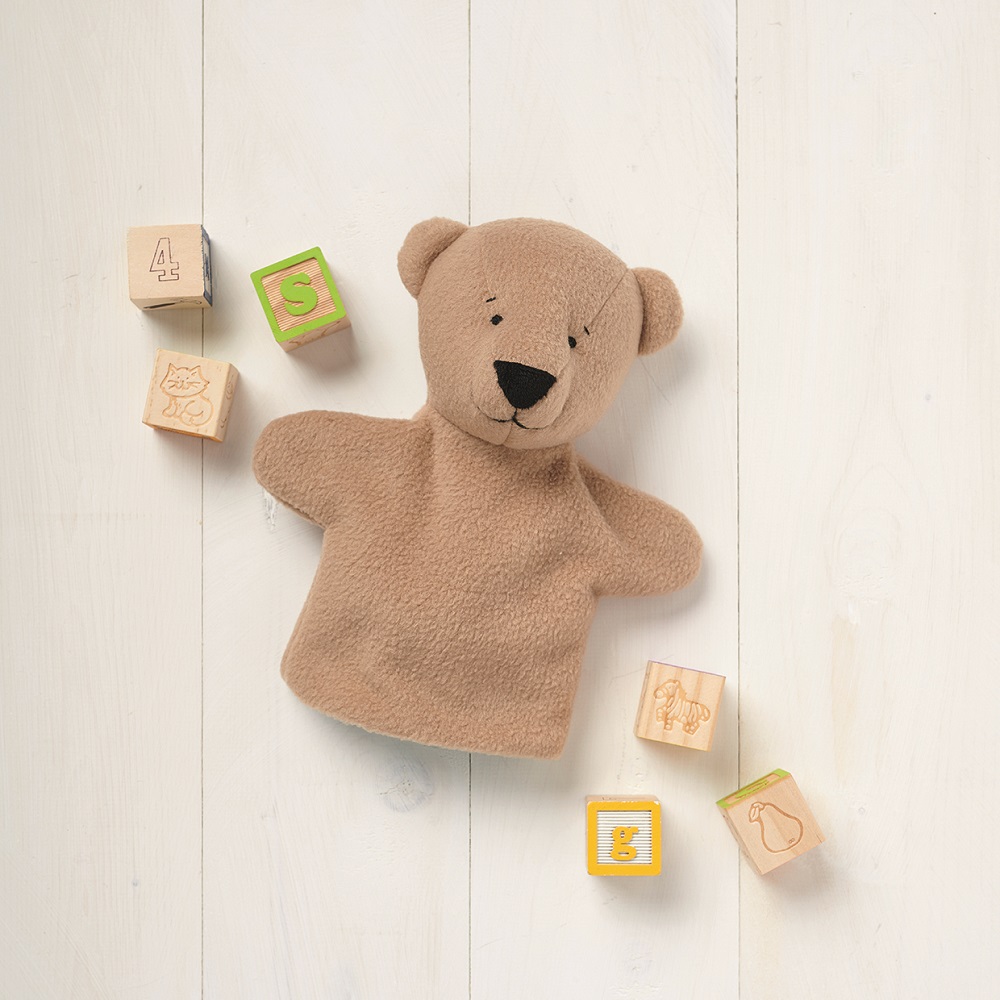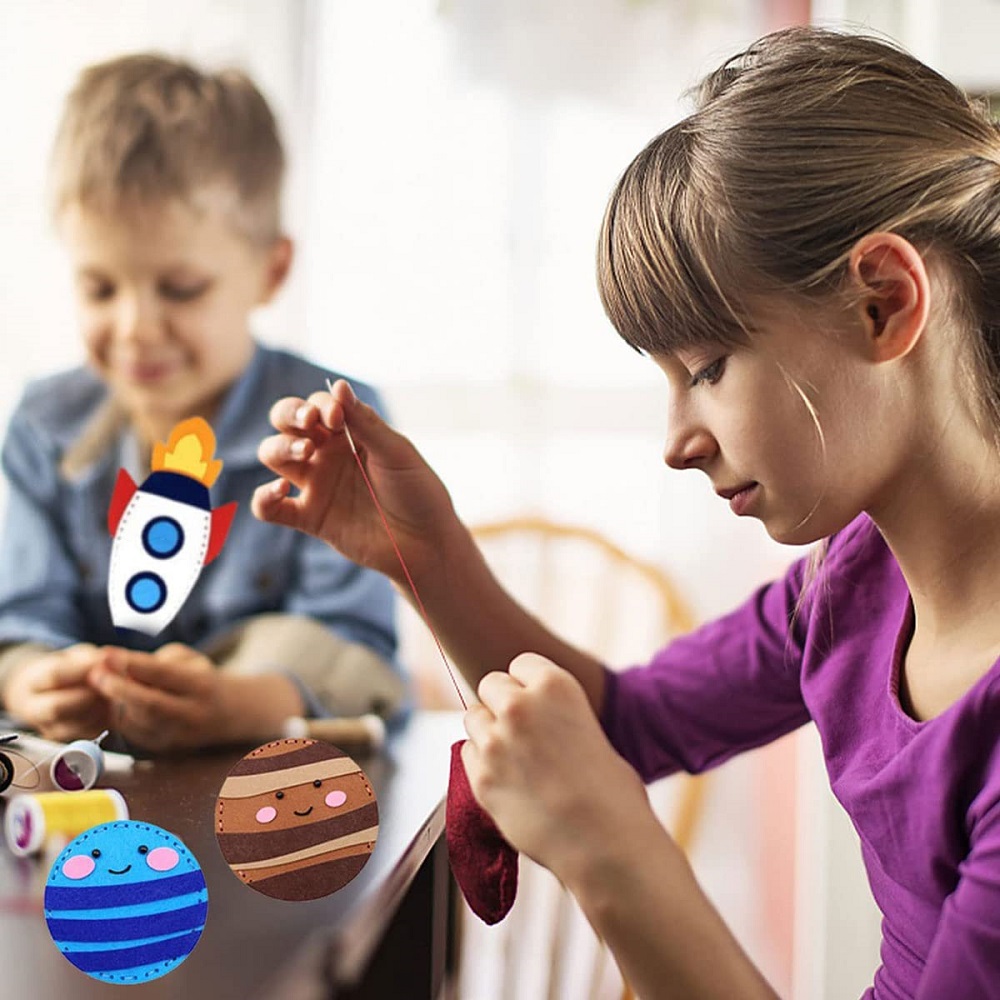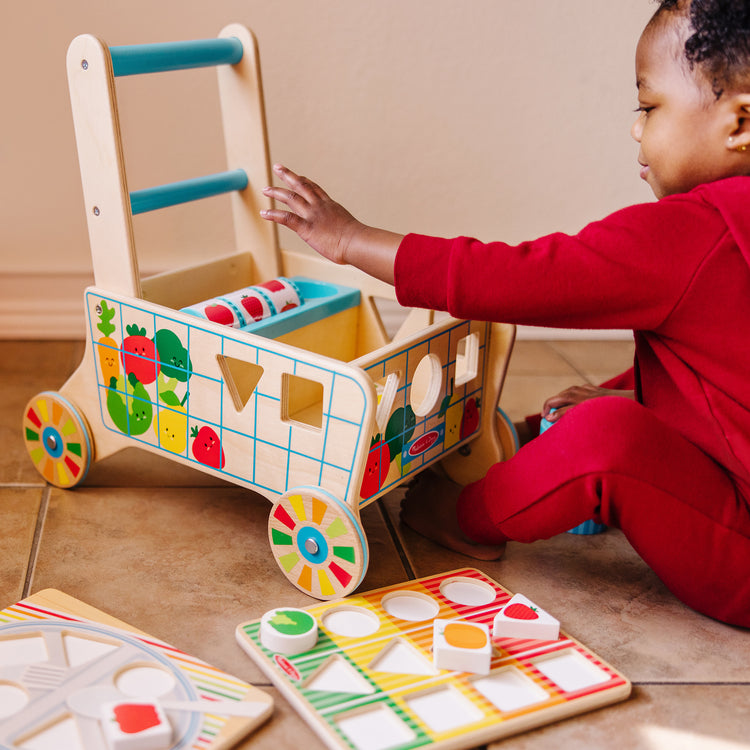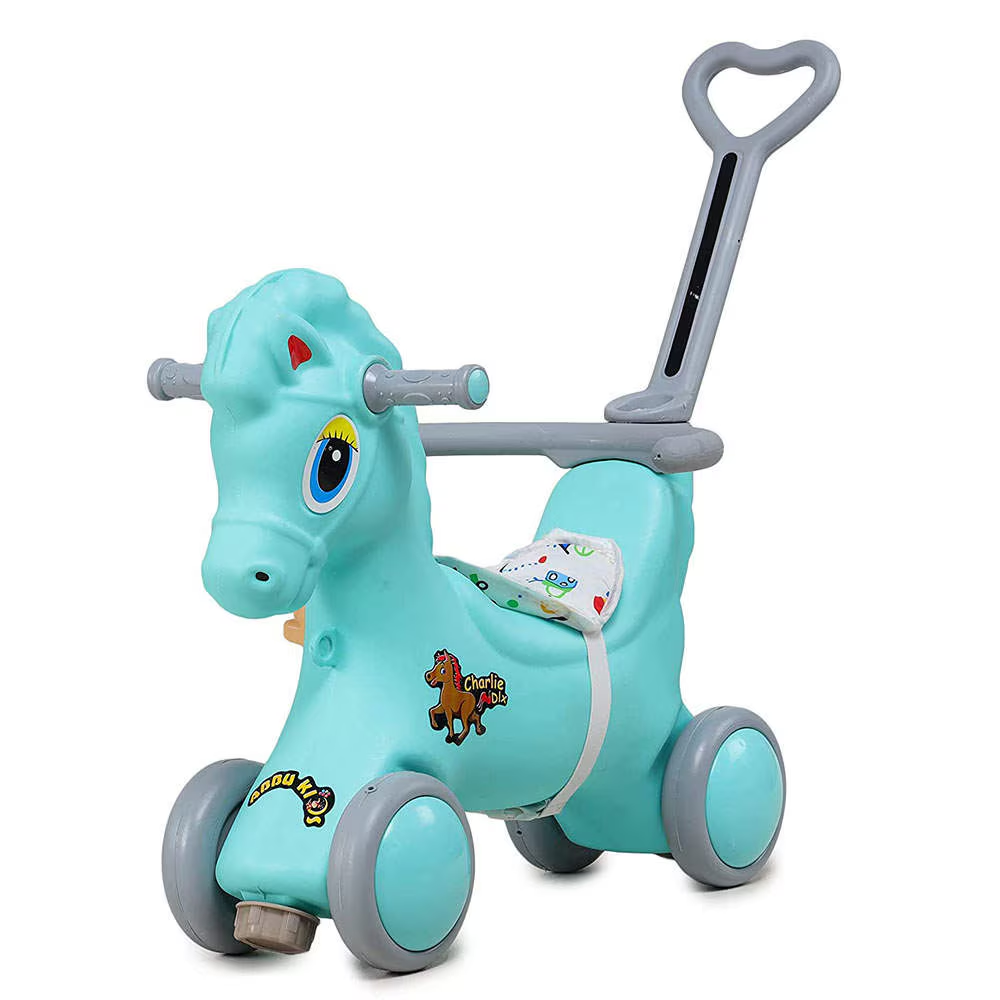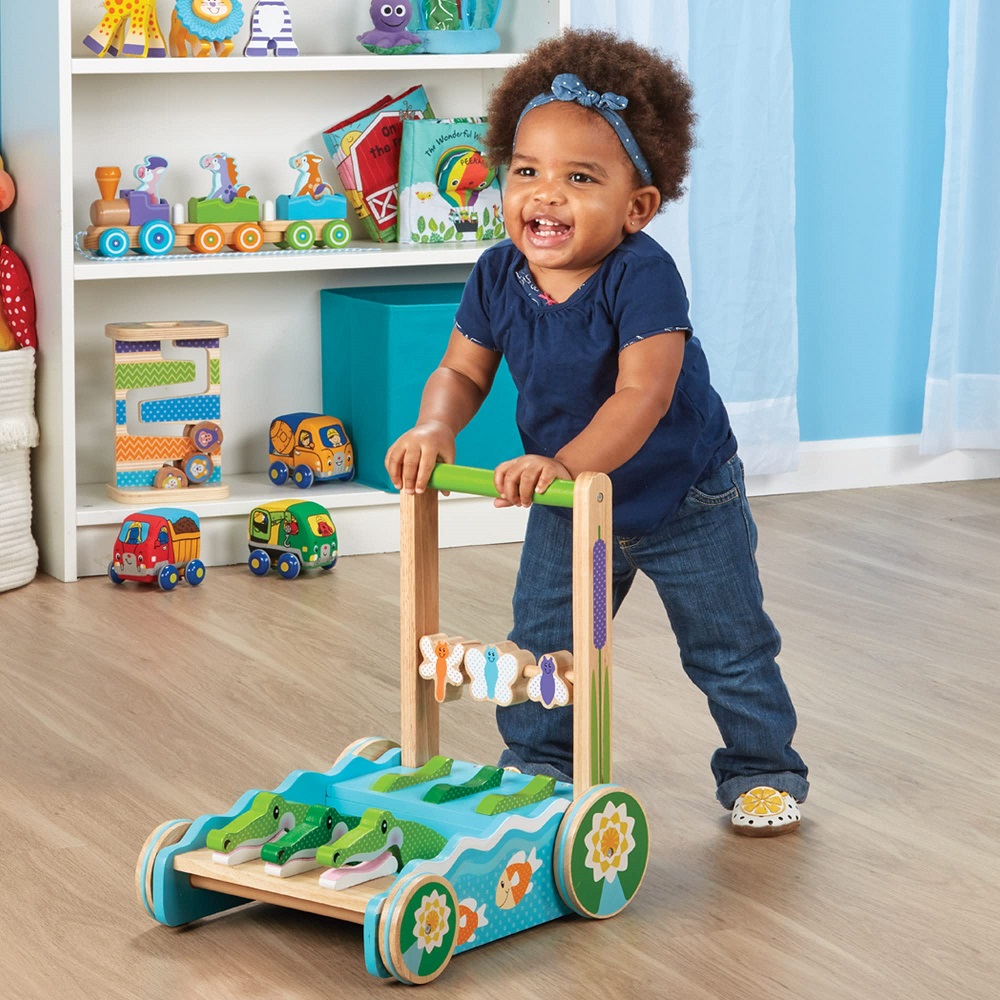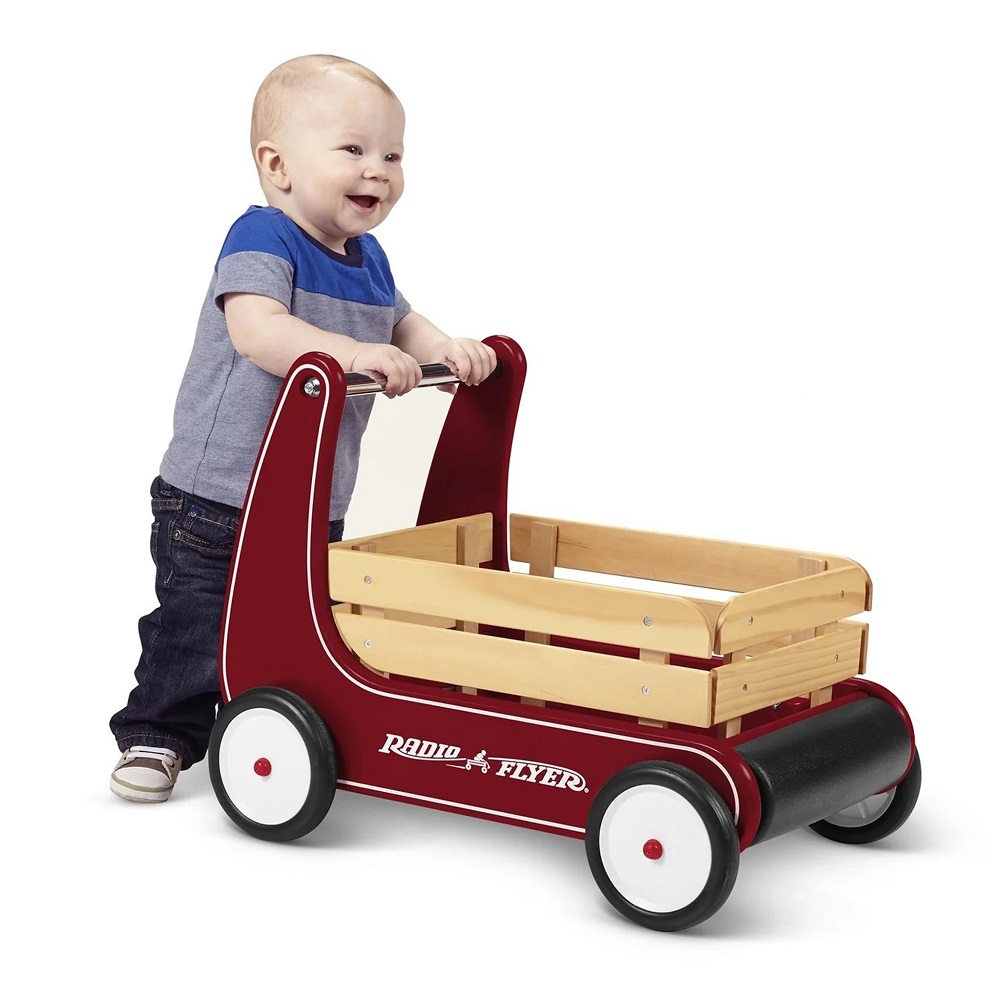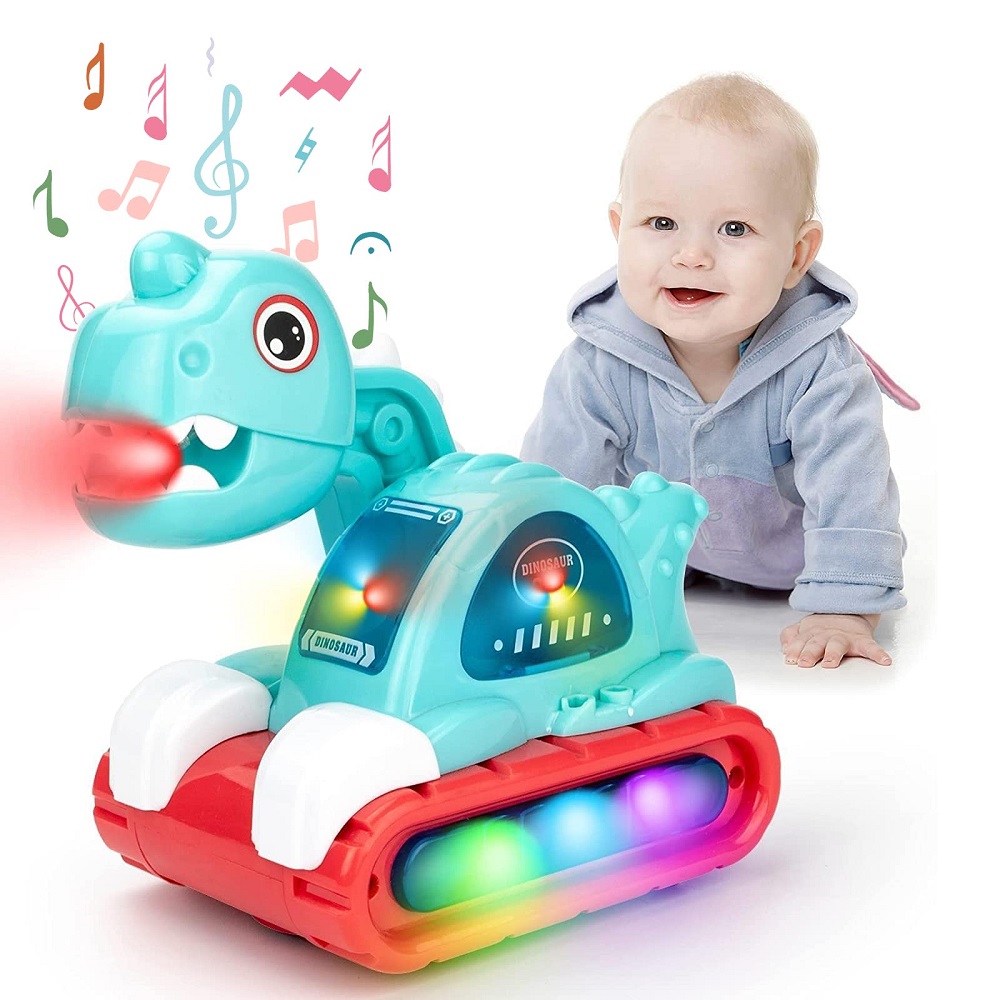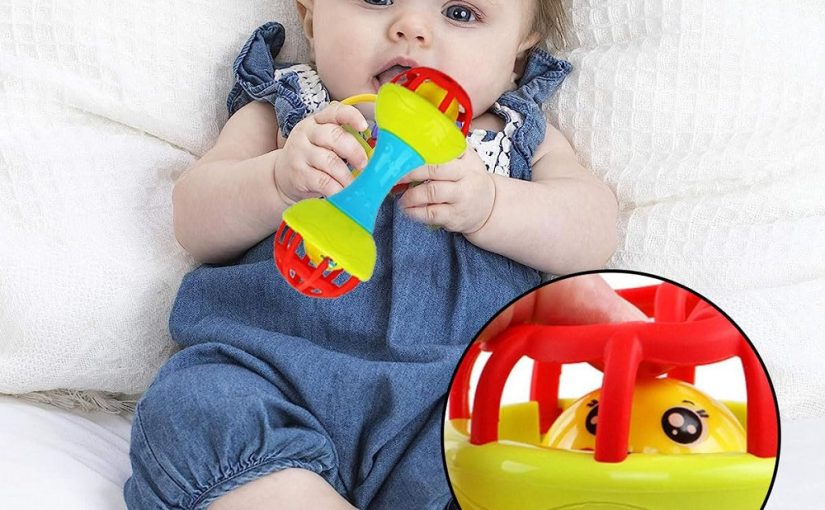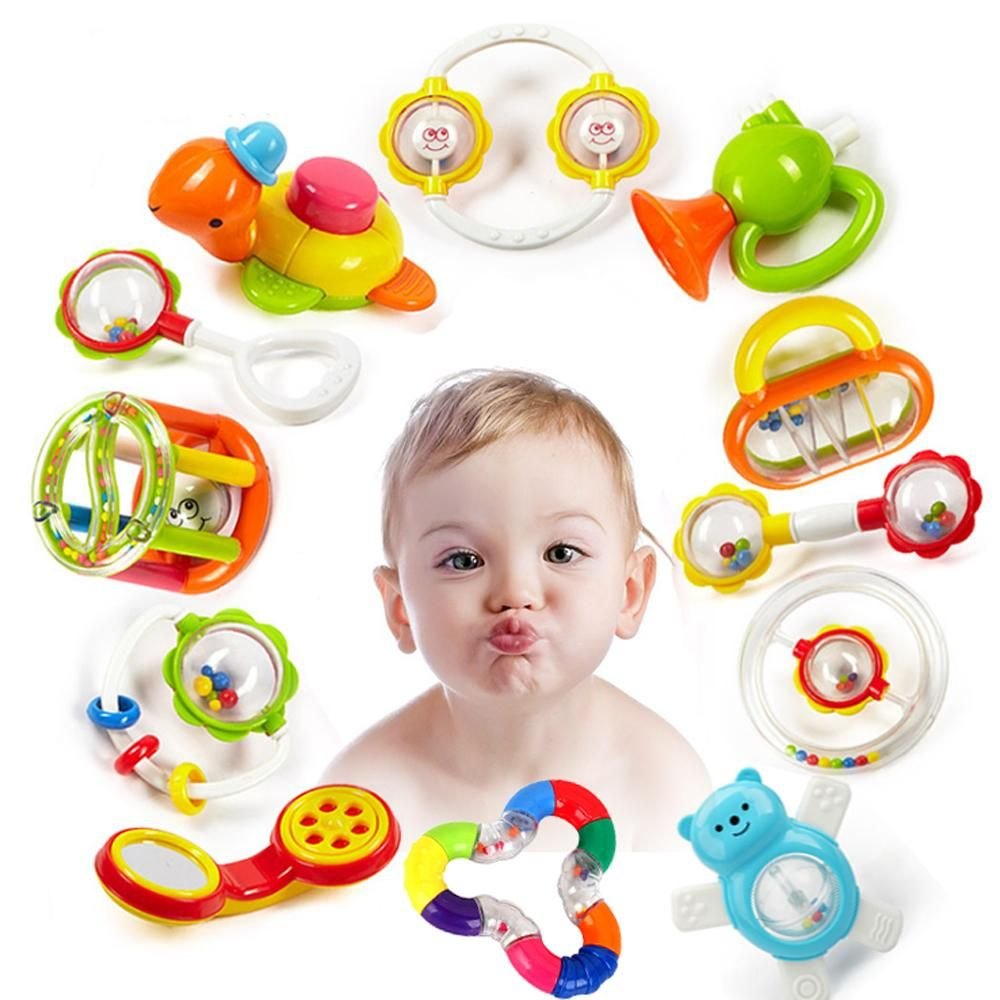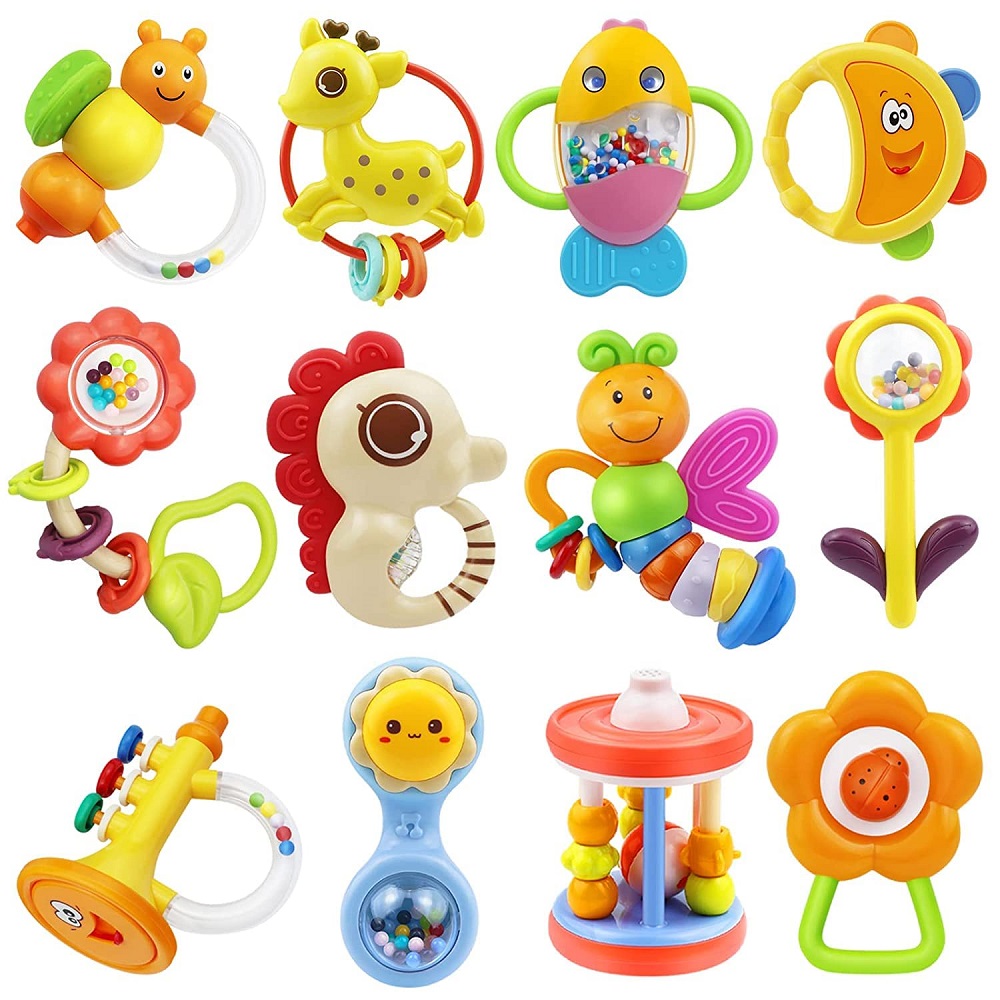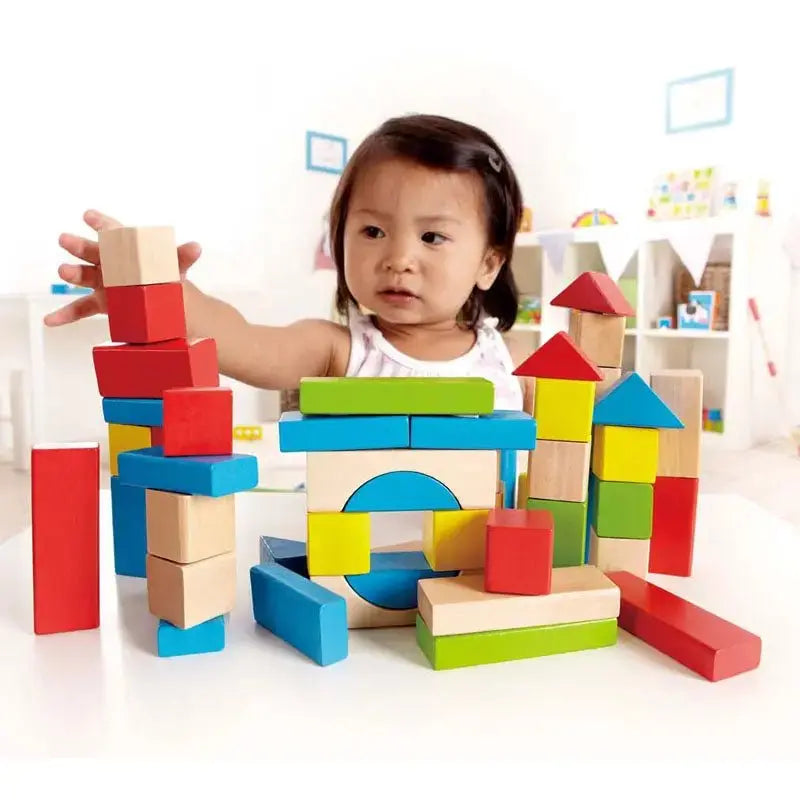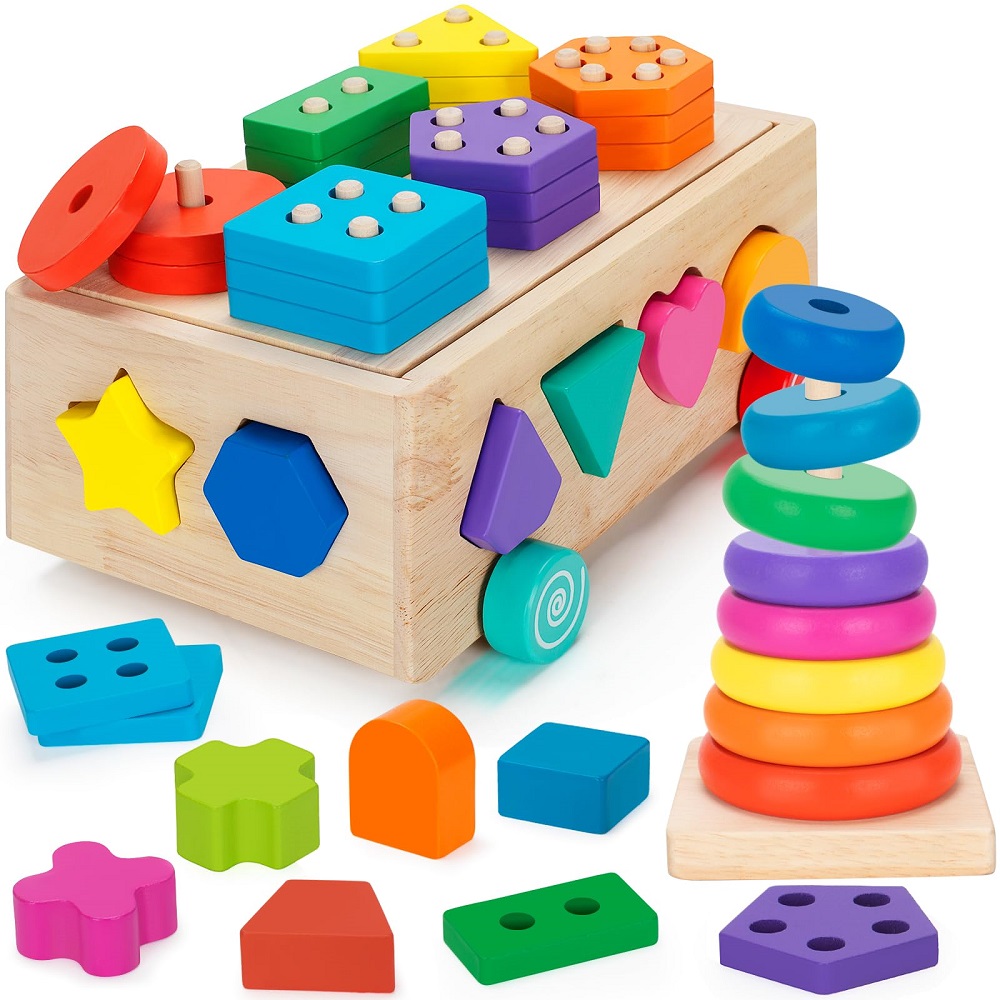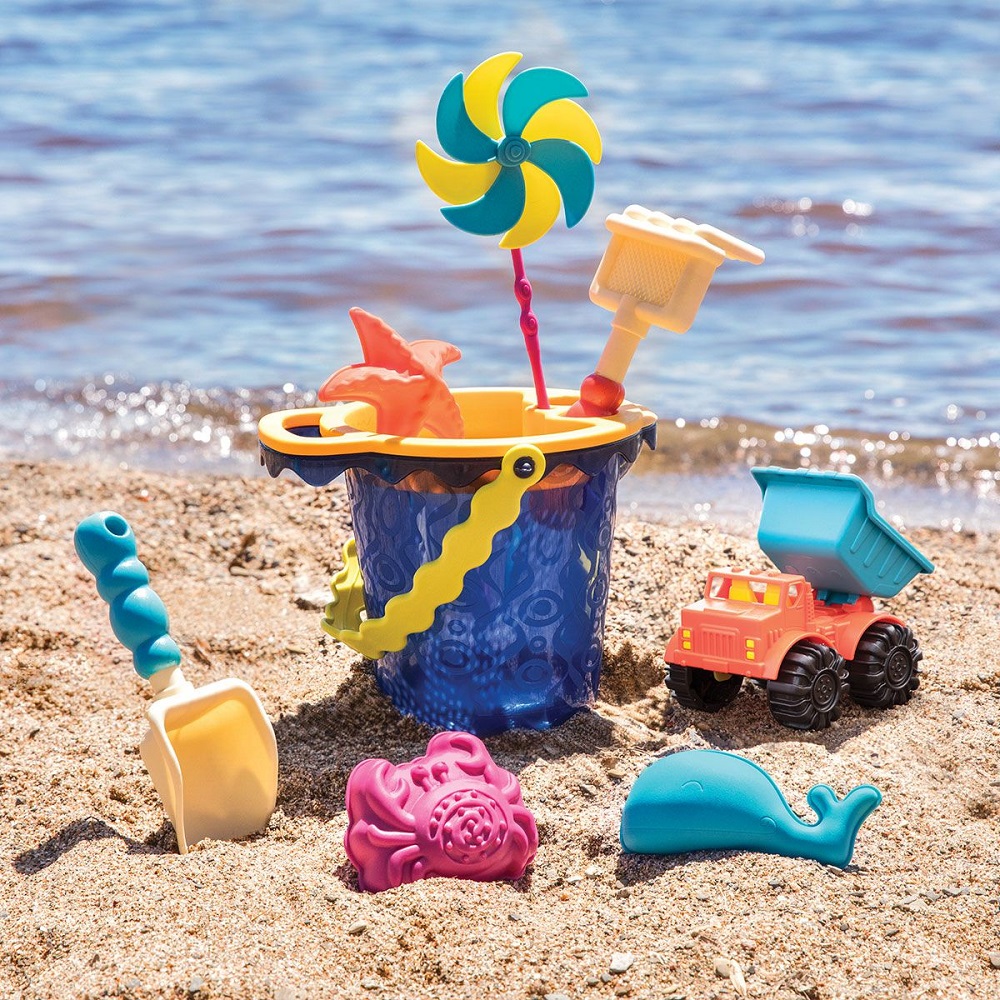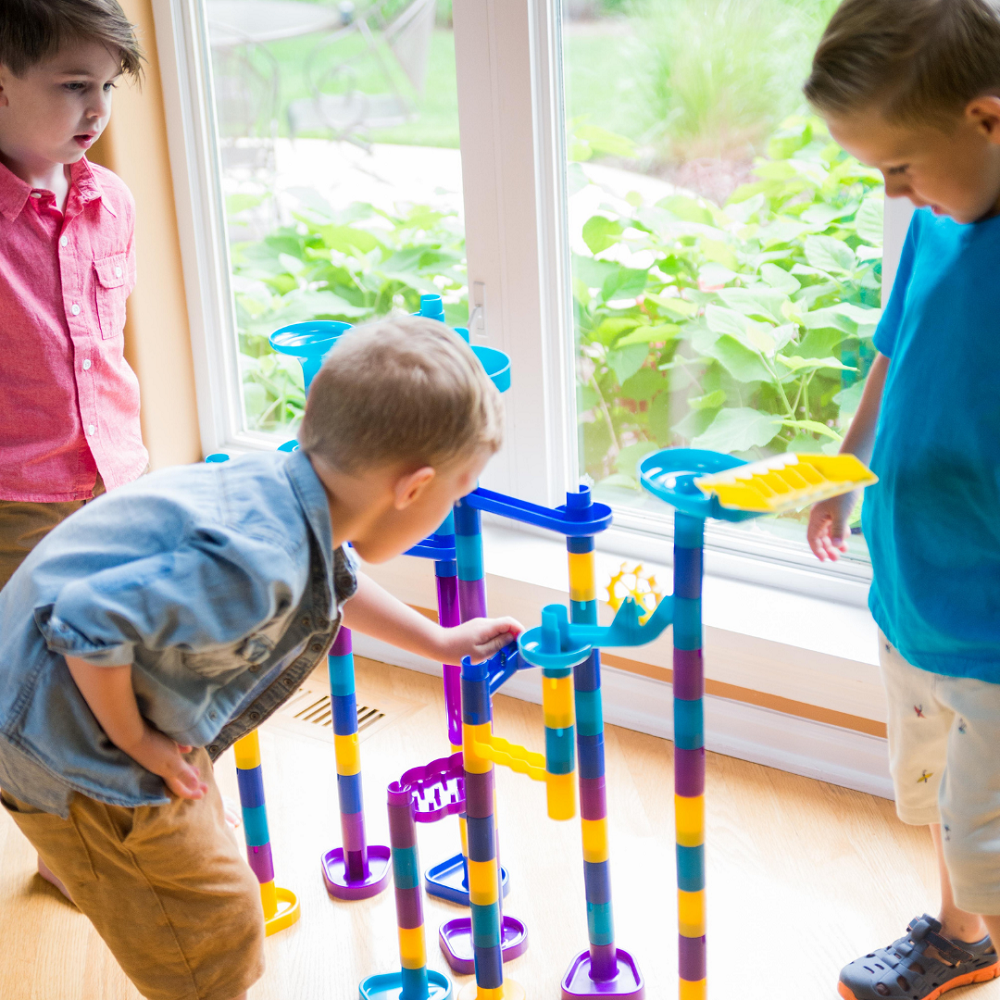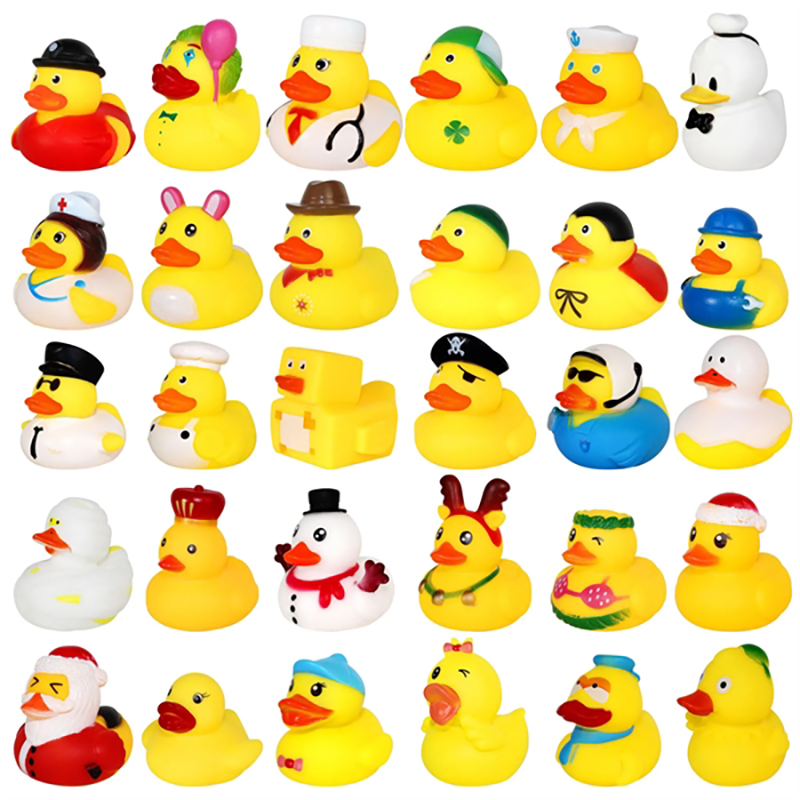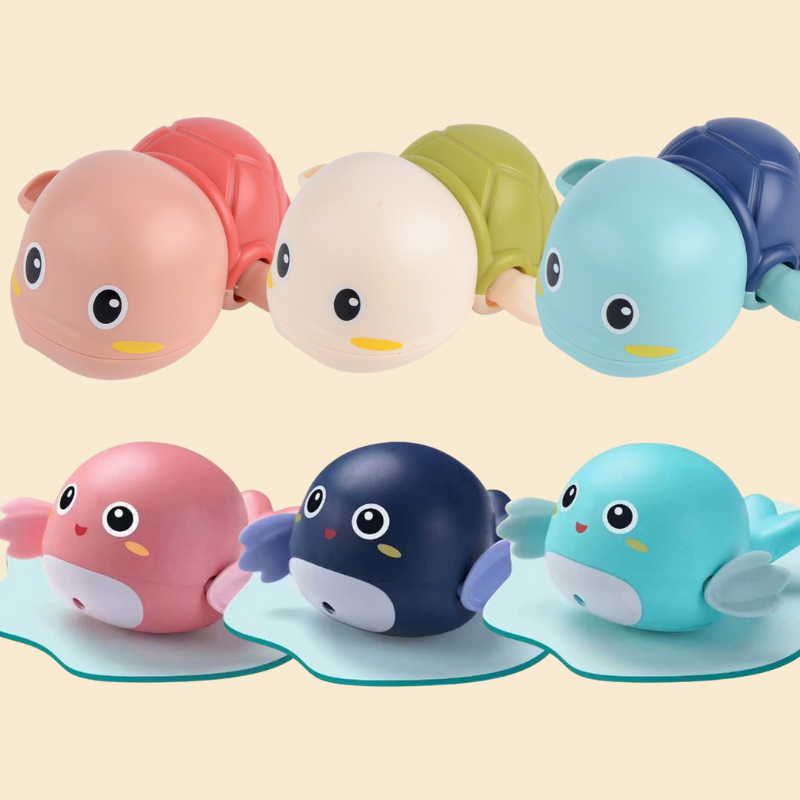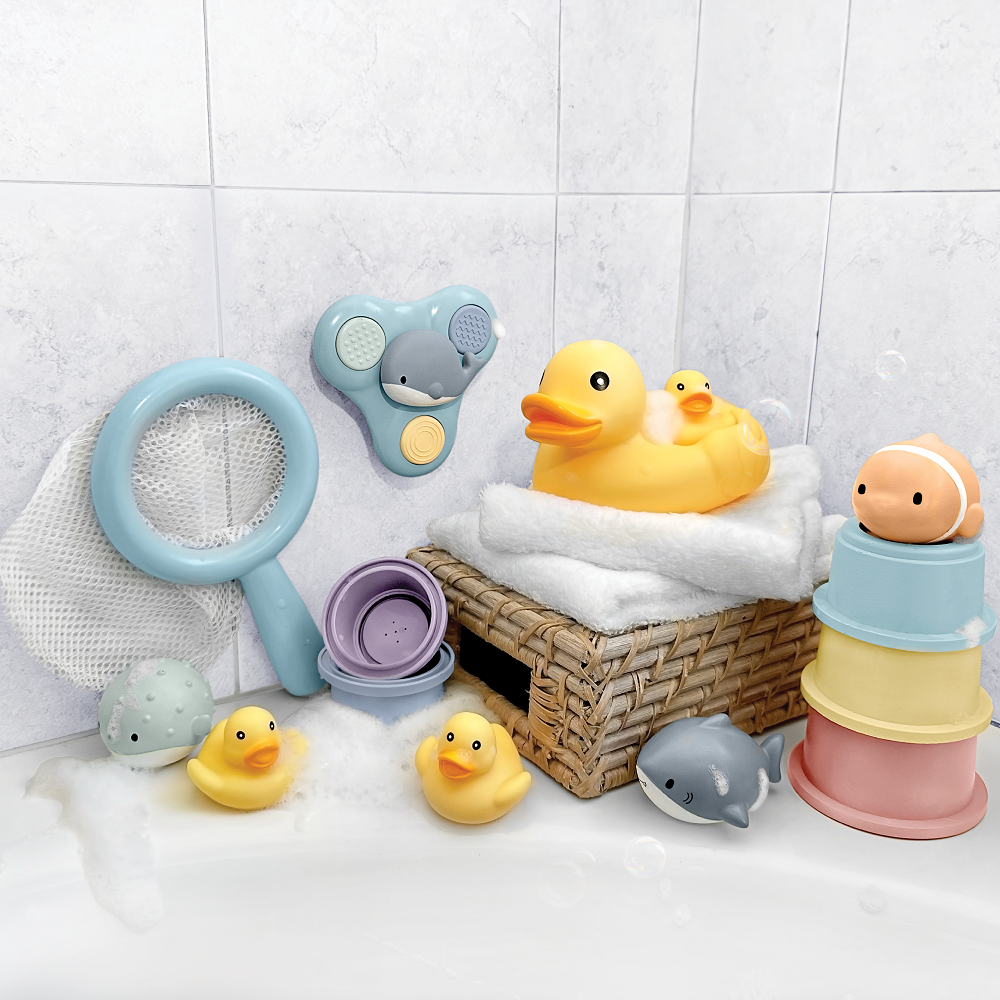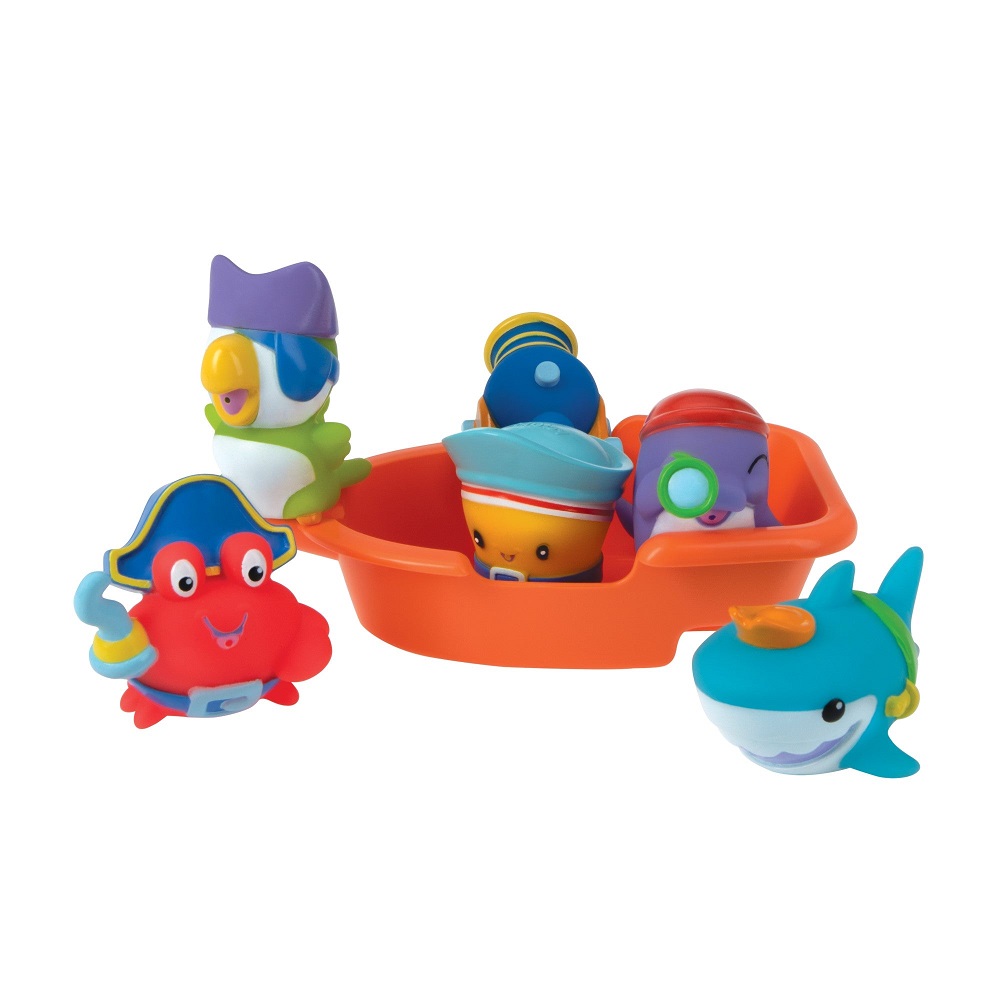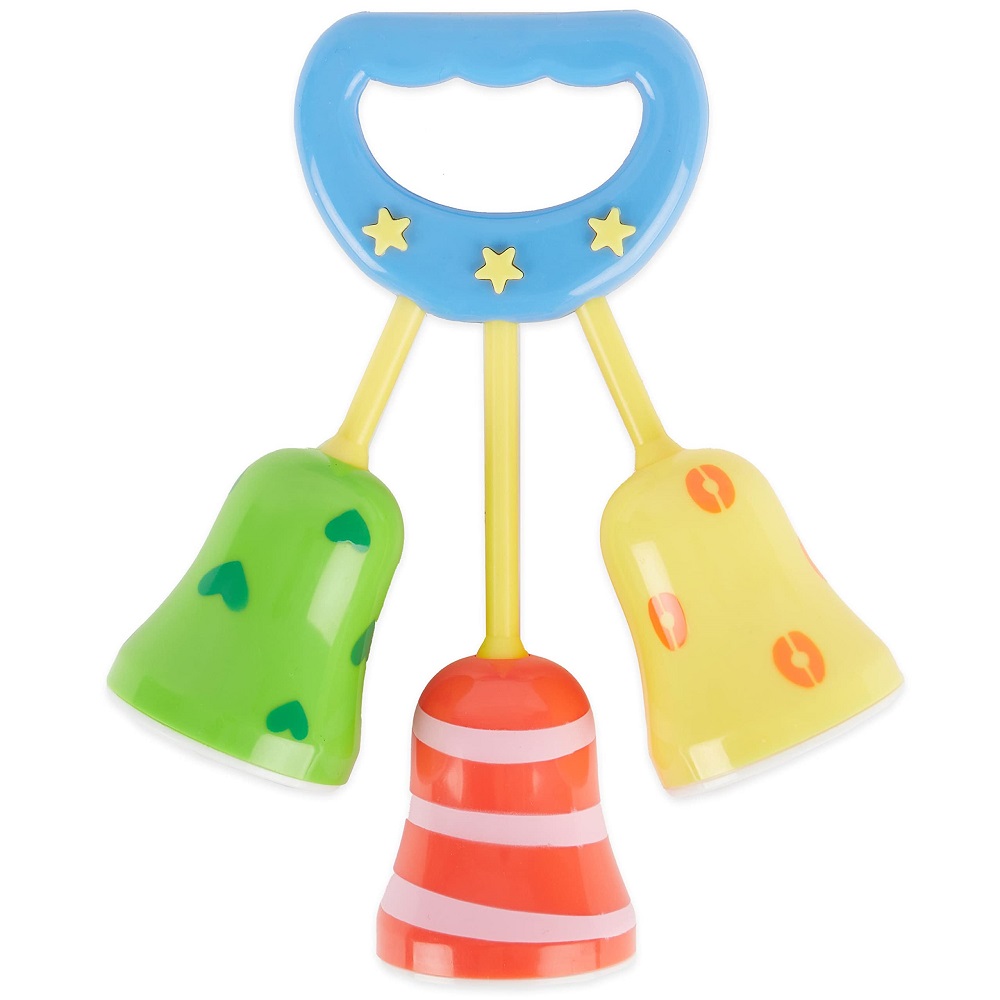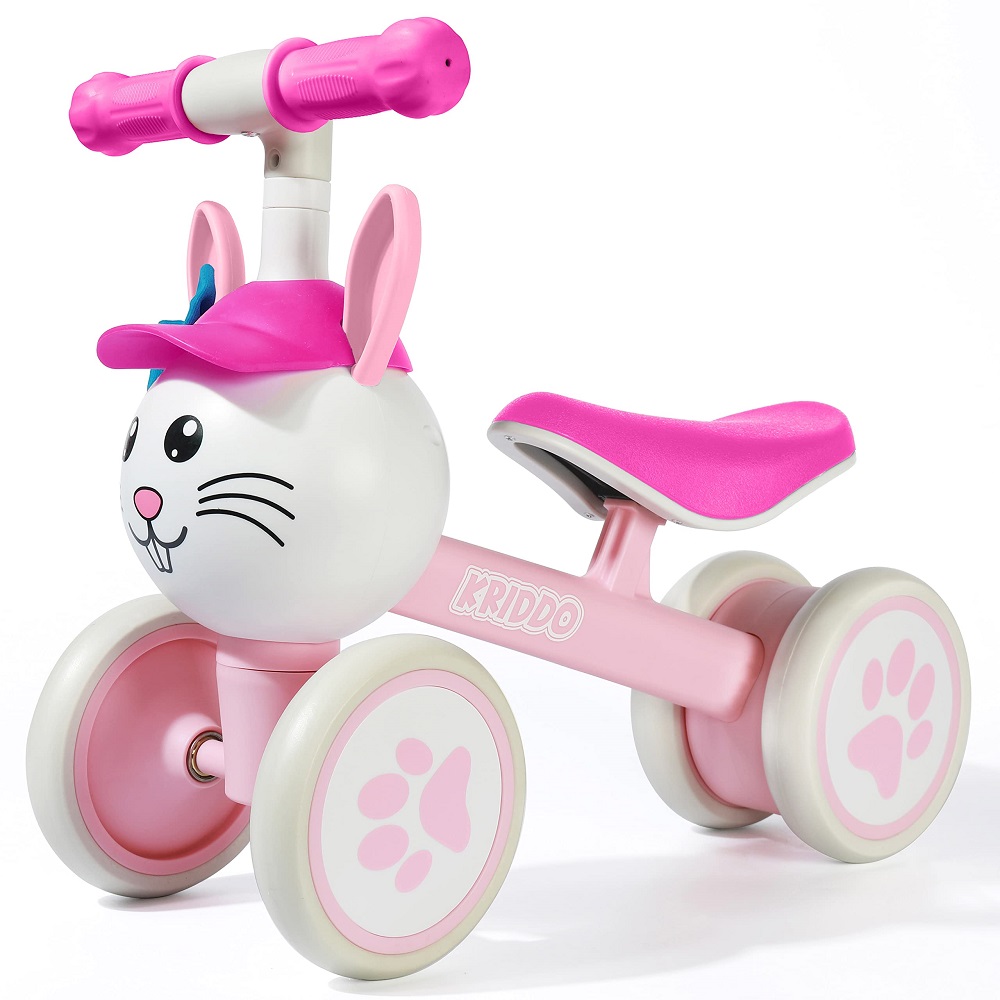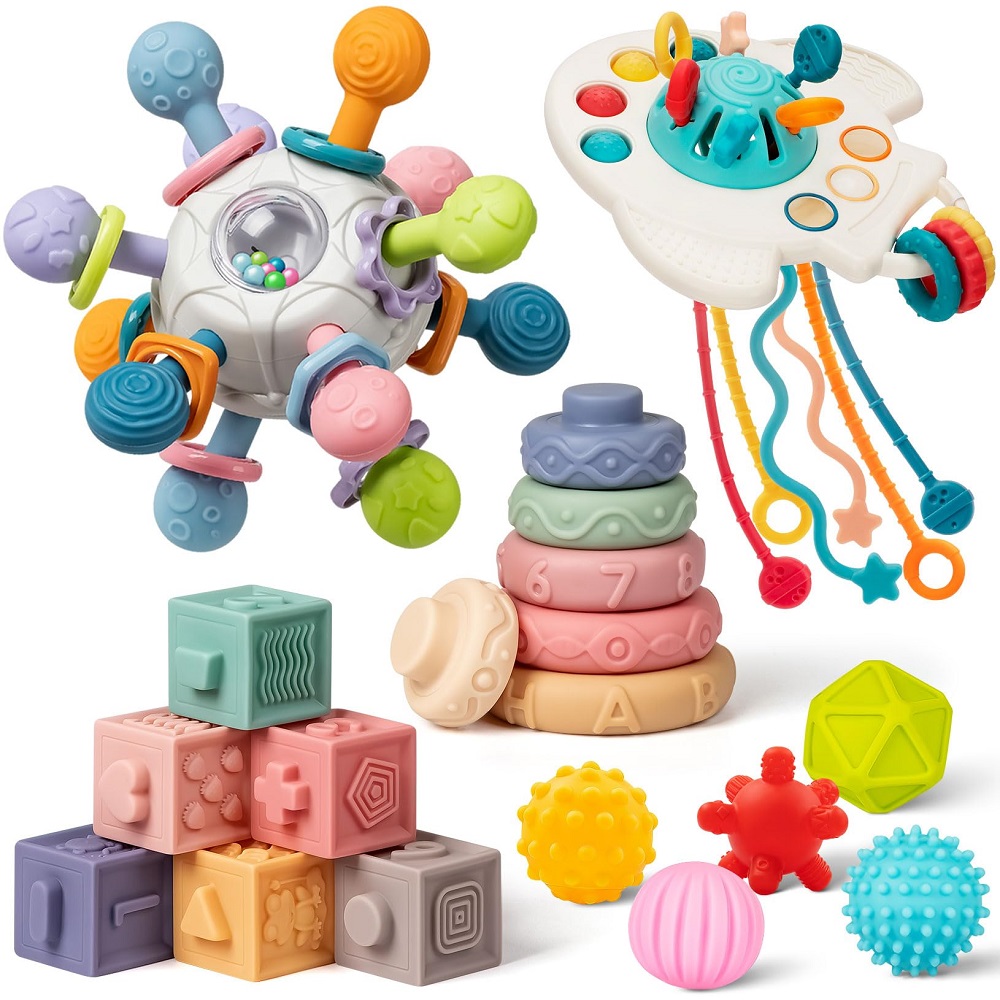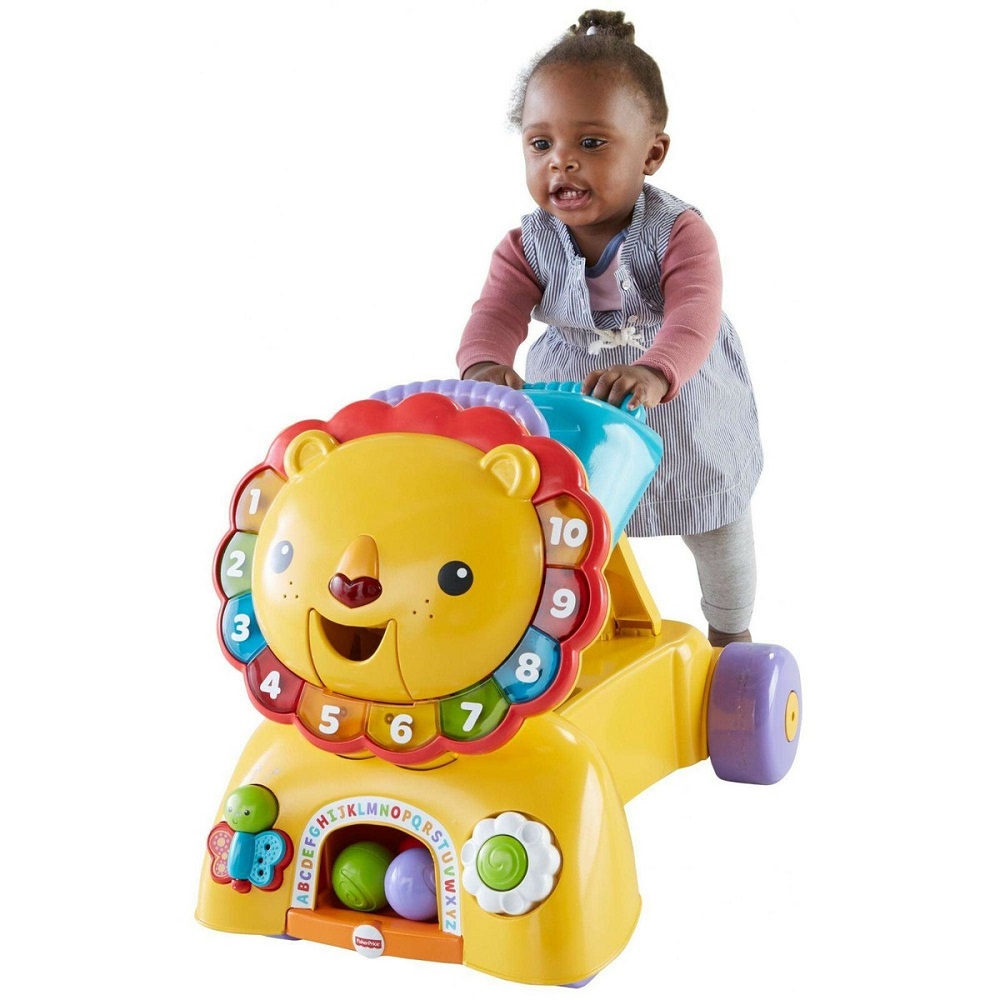Why Baby Beach Toys Matter
Baby beach toys are more than just items for play. They provide learning and developmental opportunities. Playing with these toys helps your baby explore, learn, and stay entertained during a beach outing. Besides fun, they contribute to essential growth stages, making them a must-have for beach trips.
Benefits of Beach Play for Babies
Beach play offers endless benefits for babies. It encourages tactile exploration with sand and water. Babies can discover new textures, shapes, and feelings while playing with toys. This sensory experience is crucial for brain development.
In addition, outdoor beach play provides fresh air and sunlight. These are key elements your baby thrives on for healthy physical and emotional growth. Toys help keep the play engaging and structured, elevating the experience.
Fostering Motor Skills and Creativity
Baby beach toys are excellent tools for fostering motor skills. For instance, using a small shovel to scoop sand develops hand-eye coordination. Splashing water or stacking sand molds improves fine motor skills effectively.
Creativity also gets a boost during beach play. Babies use toys in different ways, like building sandcastles or creating patterns. This activity nurtures imagination and problem-solving early on. Choosing the right beach toys ensures these skills are developed in a fun way.
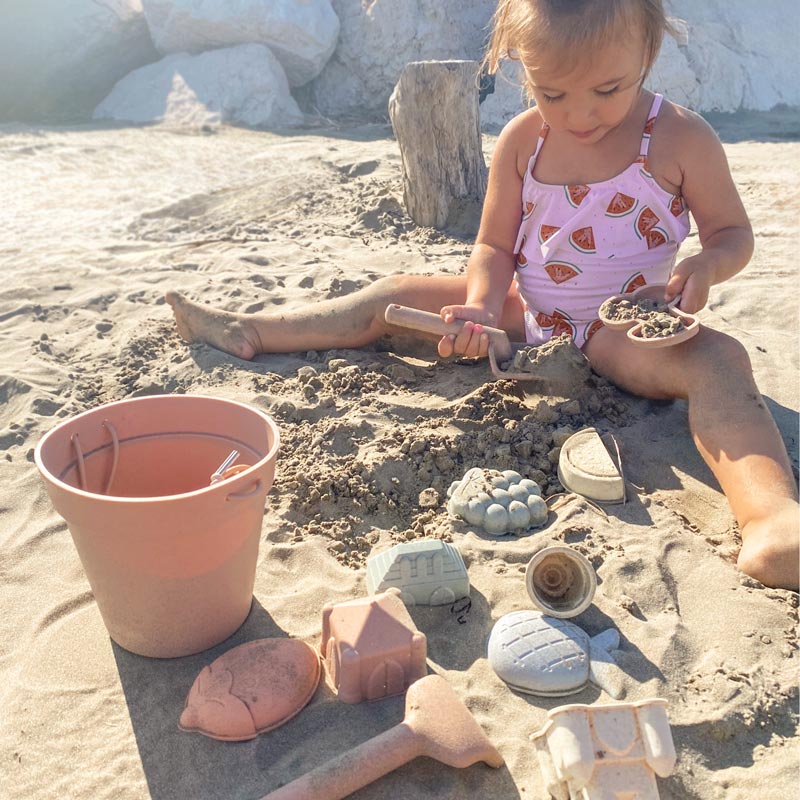
Choosing the Right Baby Beach Toys
Picking the right baby beach toys ensures safe and enjoyable playtime for your little one. The right toys keep your baby entertained while promoting development and safety. Let’s explore key factors to consider while choosing beach toys.
Safety Considerations for Baby Beach Toys
Safety is the top priority when picking beach toys for babies. Here are some tips:
- Avoid Small Parts: Toys with small or detachable parts are potential choking hazards.
- Non-Toxic Materials: Ensure all toys are made from safe, BPA-free, and non-toxic materials.
- Smooth Edges: Check for sharp edges or points that could harm your baby.
- Durability: Look for sturdy toys that won’t easily break into smaller pieces.
- Sun Resistance: Toys resistant to high temperatures and UV rays are safer for outdoor use.
Inspect the toys regularly to spot wear, cracks, or other damage that might compromise safety. Always supervise your baby while they play at the beach to avoid accidents.
Age-Appropriate Toys for Different Stages
The best beach toys match your baby’s developmental stage. Consider these options:
- 0–6 Months: Babies at this stage enjoy soft, easy-to-hold toys like fabric rattles. They also love sensory toys that make gentle sounds.
- 6–12 Months: Choose toys that promote exploration, such as stacking cups or soft sand molds.
- 1–2 Years: Toddlers enjoy interactive toys like buckets, shovels, and small water wheels. These toys develop motor skills and creativity.
- Over 2 Years: Look for advanced toys such as sandcastle building kits or push-and-pull toys.
Age-appropriate toys ensure engagement and meet your baby’s learning needs. Adapting toys as they grow keeps their playtime fun and enriching.
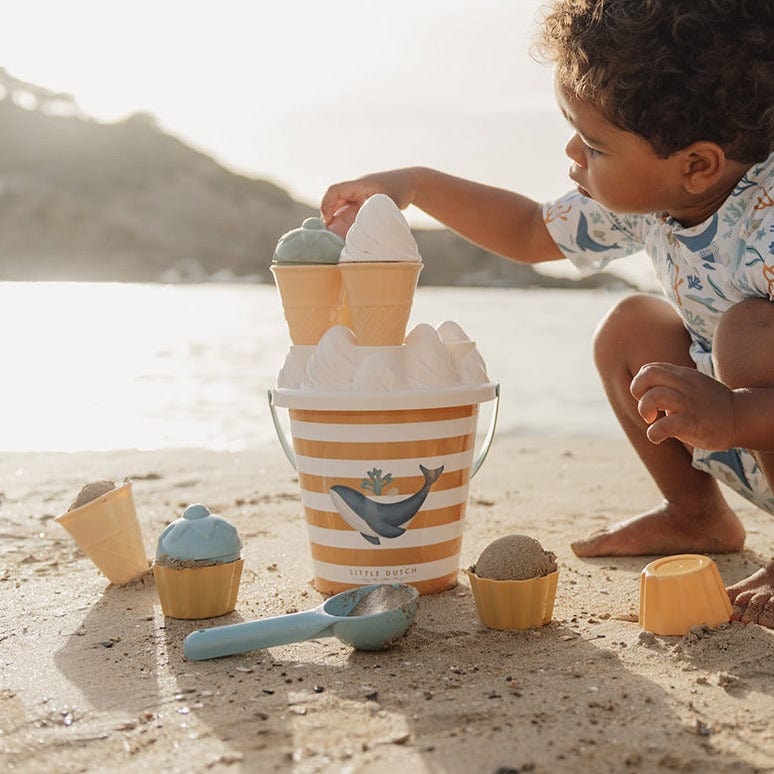
Must-Have Baby Beach Toys
When heading to the beach with your little one, having the right toys is essential. Must-have baby beach toys make playtime fun, safe, and developmentally enriching. Let’s dive into the best options for your baby.
Sand Buckets and Shovels
Sand buckets and shovels are classic beach toys. They allow babies to scoop, pour, and construct. These toys help develop hand-eye coordination and fine motor skills. Choose lightweight, durable sets with smooth edges for safety. Look for bright colors to make the toys engaging. Sand tools can turn your baby’s beach day into hours of joyful learning.
Beach Balls and Soft Inflatable Toys
Beach balls and soft inflatable toys are great for engaging your baby in active play. These lightweight toys are safe and easy for little hands to grip. Babies love rolling, bouncing, and tossing beach balls. Soft inflatable toys, such as animals or rings, offer further sensory stimulation. Ensure they are made from non-toxic materials and are easy to inflate and deflate for convenience.
Splash Mats and Baby Pools
Splash mats and baby pools provide a safe water play area. They are ideal for sensory exploration and cooling off. Splash mats are portable and can be laid out on the sand for refreshing play. Baby pools bring water fun within your baby’s reach without the risks of waves. Choose designs with sturdy materials for durability and safety features like non-slip bottoms. These items add a safe and fun water experience to your baby’s beach day.
Interactive Toys for Beach Fun
Interactive toys can elevate your baby’s beach play experience. They offer endless fun while encouraging development. These toys keep your little one engaged through movement, creativity, and sensory exploration. Here are two must-have options:
Water Wheels and Sand Molds
Water wheels and sand molds are perfect for hands-on beach activities. Your baby can pour water or sand through water wheels to see them spin. This activity introduces cause-and-effect learning while improving motor skills.
Sand molds help your child create fun shapes from sand. They boost creativity and allow role-play, like building imaginary castles or animals. When selecting these toys, choose bright colors and safe materials. Lightweight and durable designs are best for little hands.
Push-and-Pull Toys for the Sand
Push-and-pull toys are another beach essential. Babies can roll these toys over the sand, developing coordination and strength. Items like toy trucks or animal-shaped pull toys are especially engaging.
These toys teach movement control and promote physical activity. Choose durable options with large, smooth wheels to handle sandy terrain. Vibrant colors and fun designs make the toys extra appealing to toddlers.
Interactive toys like these not only entertain but also nurture essential developmental skills. They are a must for every baby beach outing.

Portable and Convenient Toy Options
Traveling to the beach with a baby requires lightweight and portable toys. These toys make beach outings hassle-free while ensuring your baby’s fun. Compact options save space in your bag and are easy to carry. Let’s explore two key essentials for portable toy convenience.
Lightweight Toy Sets for Travel
Lightweight toy sets are perfect for trips to the beach. Look for sets that include sand tools like small shovels, buckets, and molds. These sets are usually stackable, making them ideal for compact packing. Plastic or silicone options are both lightweight and durable.
Small inflatable beach toys, like balls or rings, are also great for travel. Deflate them after use for easy storage. Ensure these toys are made of non-toxic materials to keep your baby safe. Lightweight sets save effort and make every beach trip enjoyable.
Mesh Bags for Easy Sand Removal
Mesh bags are lifesavers when it comes to storing baby beach toys. Their breathable design allows sand to fall through, keeping toys clean. After a beach day, you can rinse toys while they’re still in the bag. This feature simplifies cleaning and reduces mess in your luggage.
Choose mesh bags with sturdy handles for easy carrying. A spacious bag ensures you can fit all your baby’s favorite toys. Opt for bags with vibrant colors, which make them easy to spot. Mesh bags combine convenience with cleanliness, making them a beach essential.
Caring for Baby Beach Toys
Proper care for baby beach toys ensures they stay safe and last longer. Cleaning and organizing the toys after every beach trip keeps them ready for the next adventure. Let’s explore cleaning tips and storage ideas for maintaining these essential items.
Cleaning and Maintenance Tips
Cleaning baby beach toys is crucial to remove sand, salt, and bacteria. Follow these steps:
- Rinse Immediately: Rinse toys with clean water after beach use to remove sand and salt.
- Use Soapy Water: Wash toys with warm, soapy water to eliminate dirt and germs.
- Scrub for Stubborn Dirt: Use a soft brush to clean intricate crevices or textured surfaces.
- Baking Soda Solution: Mix baking soda and water for extra cleaning power if toys are heavily soiled.
- Dry Thoroughly: Allow toys to air dry completely to prevent mold or mildew formation.
Inspect toys for cracks or damage during cleaning. Replace any worn-out toys to ensure safety. Regular cleaning keeps toys hygienic and baby-safe.

Storage Ideas to Keep Toys Organized
Organized storage helps toys last longer and makes packing easier. Here are some storage ideas:
- Use Mesh Bags: Store toys in mesh bags to shake out sand and allow airflow for drying.
- Plastic Bins: Choose waterproof plastic bins with lids to keep toys clean and protected.
- Stackable Containers: Use stackable boxes for saving space at home or during travel.
- Separate Small Items: Place smaller toys in zip-lock bags to prevent losing them.
- Label Storage Bags or Bins: Label the storage containers to quickly find needed toys.
Store toys in a cool, dry place to avoid heat damage or fading. Proper storage and care ensure that your baby’s beach toys remain fun and functional for many outings.
Tips for a Baby-Friendly Beach Day
A beach outing with your baby can be refreshing and fun if prepared thoughtfully. Following simple tips ensures your baby’s enjoyment and safety. Let’s explore two essential aspects: protection from sun and heat and ensuring safety during playtime.
Protecting Baby from Sun and Heat
Keeping your baby safe from sun exposure and heat is crucial during a beach trip. Here are some effective ways to safeguard them:
- Apply Baby-Friendly Sunscreen: Use broad-spectrum sunscreen specially made for babies and reapply every two hours.
- Dress for Sun Protection: Choose lightweight, breathable clothes with long sleeves and sun hats.
- Provide Shade: Bring a beach umbrella, tent, or canopy to create a cool, shady area.
- Stay Hydrated: Ensure your baby drinks enough water, breast milk, or formula to avoid dehydration.
- Limit Sun Time: Avoid peak sunlight hours between 10 am and 4 pm for safer outdoor play.
Preventing excessive sun exposure and staying cool keeps your baby comfortable throughout the day.

Ensuring Safety During Playtime
Safety during beach play allows your baby to explore and have fun without risks. Here’s how to ensure safe playtime:
- Supervise Constantly: Keep a close eye on your baby as they play, especially near water.
- Choose Safe Toys: Use non-toxic, sturdy toys without sharp edges or detachable parts.
- Avoid Direct Water Contact: Use splash mats or baby pools instead of letting your baby play in big waves.
- Watch for Hazards: Check the sand for sharp or harmful objects before play begins.
- Teach Basic Awareness: Gradually encourage your baby to understand safe play boundaries as they grow.
Simple precautions ensure a stress-free and happy experience for both you and your baby. By combining sun protection and vigilance, you’ll create unforgettable moments together at the beach.
Creating Lasting Beach Memories
Enjoying Quality Time
A beach trip can create lasting memories for both you and your baby. These moments serve as milestones in your child’s life and as cherished memories for you. Choosing the right baby beach toys helps facilitate enjoyable experiences that you will reminisce about for years to come.
As your child grows, reflecting on these beach activities can spark their love for water play. They may develop fondness for the beach and aquatic environments, leading to future family trips and adventures. Engaging with your child during these outings will help forge lasting bonds and instill a love for the outdoors.
Capturing the Moments
Consider capturing the moments through photographs or videos. Take candid shots of your baby playing with their toys, splashing in the water, or building sandcastles. Documenting these outings will provide a treasure trove of memories to look back on in the years to come.
Sharing these moments with family and friends can also inspire others to create their own beach memories. Showcasing your baby’s playful interactions encourages a spirit of adventure within your community. Your experiences can influence others to also explore the joy of beach play and family bonding.
Conclusion
Baby beach toys are essential for creating safe and enjoyable experiences in aquatic environments. They promote sensory development, physical activity, and provide hours of entertainment. By understanding the different types of toys available and their benefits, parents can enhance their child’s playtime and foster a love for water.
When planning your beach visit, prioritize the safety and comfort of your baby. Selecting high-quality, age-appropriate toys will ensure hours of fun while keeping your little one secure. Engage with your child during playtime to create a memorable experience that strengthens your bond.
In the end, the right baby beach toys can transform a simple day at the beach into an exciting adventure filled with laughter and joy. Embrace the opportunity to enjoy quality family time while encouraging exploration and imaginative play. Your beach outings have the potential to create cherished memories that will last a lifetime. Enjoy the sun, sand, and water while giving your baby a joyful introduction to the great outdoors!

